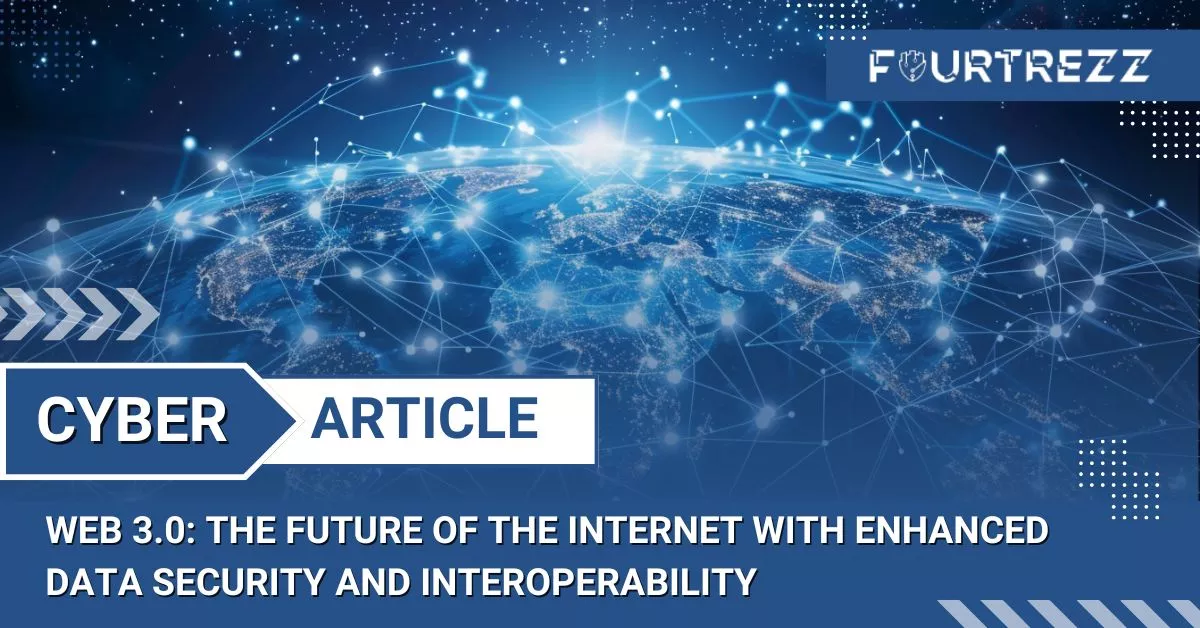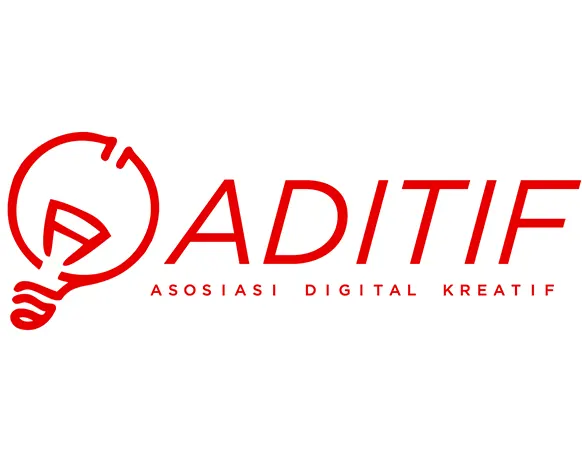Web 3.0 represents a revolutionary concept poised to shape the future of the internet. This paradigm shift promises a more decentralized, secure, and open web experience, marking a significant transformation in how we interact with online technologies.
Web 2.0 facilitated an interactive environment where users could actively participate in content creation. In contrast, Web 3.0 envisions a future where the internet is further decentralized, enhancing security and openness. Unlike the primarily monetarily-driven websites of the Web 2.0 era, Web 3.0 focuses on user empowerment and ethical data practices.
The distinctions between Web 3.0 and Web 2.0 are profound, particularly in their technological underpinnings. Web 3.0 employs blockchain technology to secure and validate transactions, a notable advancement from its predecessor.
A key promise of Web 3.0 is increased user control over personal data, countering the often opaque data practices of the Web 2.0 era. As interest in Web 3.0 grows, so too will the adoption of its technologies across websites and applications. Understanding these differences is crucial for leveraging appropriate technologies to forge a better web.

Advantages of Web 3.0
Web 3.0 heralds numerous benefits absent in Web 2.0, fundamentally changing our internet interactions:
Data Security One of the main advantages of Web 3.0 is enhanced data security. Its reliance on blockchain ensures data is decentralized and encrypted, making it nearly impervious to unauthorized manipulation or theft.
Interoperability Web 3.0 also facilitates a future where different systems can interact seamlessly—known as interoperability. This feature allows users to switch between applications and platforms without repeatedly entering their information.
Transparency Greater transparency is another hallmark of Web 3.0. Blockchain technology allows network transactions to be openly and transparently recorded, ensuring secure and decentralized access to transaction-related information.
These advantages underscore Web 3.0’s transformative potential in how we interact with the internet, particularly regarding data security, interoperability, and transparency.
Technologies Underpinning Web 3.0
Web 3.0 is underpinned by technologies distinct from those of Web 2.0:
Blockchain This technology is pivotal in Web 3.0 for ensuring data security. It allows data to be stored in a decentralized, encrypted format, enhancing transparency and reducing unauthorized manipulation.
Cloud Computing Web 3.0 relies on cloud computing to facilitate faster, more efficient data processing. This technology enables users to access applications and data online without installing software on their devices.
Human-Machine Interaction Advanced human-machine interaction is integral to Web 3.0, involving technologies like artificial intelligence (AI), virtual reality (VR), and the Internet of Things (IoT).
Developing Web 3.0 Applications
Building Web 3.0 applications requires specific frameworks and programming knowledge. Platforms such as Ethereum, Polkadot, and Cosmos are essential, with Ethereum being the most popular for decentralized application development.
Implementation of Web 3.0 in Business
Web 3.0 offers vast potential to revolutionize business practices. It supports transparent supply chain management, secure digital identities, and decentralized crowdfunding platforms, providing businesses with enhanced data security, operational efficiency, and competitive advantages.
Conclusion
Web 3.0 is set to redefine the internet landscape with its focus on security, interoperability, and transparency. Embracing its technologies is essential for users and businesses alike to advance technology and improve life quality in the future.










